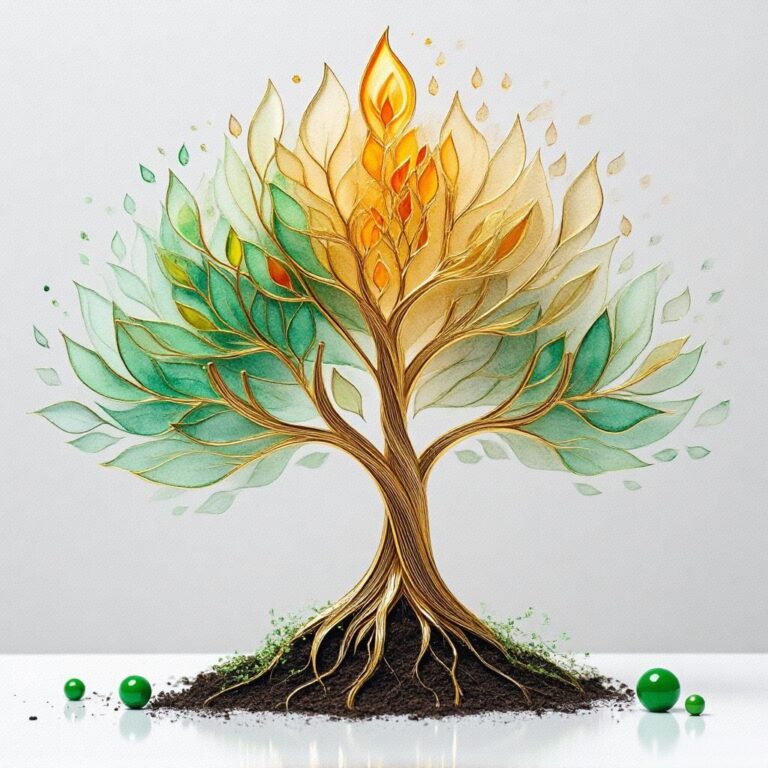The concept of the “five elements” is a fundamental principle in various ancient philosophies and practices, particularly in traditional Chinese medicine (TCM) and Feng Shui. It also appears in other traditions, such as Ayurveda in India. Here’s a breakdown of the core ideas:
The Five Elements:
- Wood (木 mù):
- Represents growth, renewal, and vitality.
- Associated with spring, east, and the color green.
- Fire (火 huǒ):
- Represents energy, passion, and transformation.
- Associated with summer, south, and the color red.
- Earth (土 tǔ):
- Represents stability, grounding, and nourishment.
- Associated with late summer, the center, and the color yellow/brown.
- Metal (金 jīn):
- Represents structure, clarity, and precision.
- Associated with autumn, west, and the color white/metallic.
- Water (水 shuǐ):
- Represents fluidity, adaptability, and wisdom.
- Associated with winter, north, and the color black/blue.
Harmony and Interrelationships:
The five elements are not seen as isolated entities but as interconnected forces that influence each other. Their interactions are described in two primary cycles:
- The Generating (or Creative) Cycle:
- Wood generates Fire.
- Fire generates Earth.
- Earth generates Metal.
- Metal generates Water.
- Water generates Wood.
- This cycle represents a harmonious flow of energy, where each element supports and nourishes the next.
- The Controlling (or Destructive) Cycle:
- Wood controls Earth.
- Earth controls Water.
- Water controls Fire.
- Fire controls Metal.
- Metal controls Wood.
- This cycle represents a balance of power, where each element keeps another in check.
Harmony in Practice:
The concept of five elements harmony is applied in various ways:
- Traditional Chinese Medicine (TCM):
- TCM uses the five elements to understand and treat imbalances in the body.
- Each element is associated with specific organs and emotions, and maintaining their balance is essential for health.
- Feng Shui:
- Feng Shui uses the five elements to create harmonious environments.
- By arranging furniture, colors, and materials according to the principles of the five elements, practitioners aim to optimize the flow of energy (qi) in a space.
- Personal Well-being:
- Understanding the five elements can help individuals cultivate greater self-awareness and balance in their lives.
- By recognizing which elements are dominant or deficient, people can make lifestyle choices that promote harmony.
In essence, the five elements provide a framework for understanding the interconnectedness of all things and for creating balance and harmony in our lives and environments.


